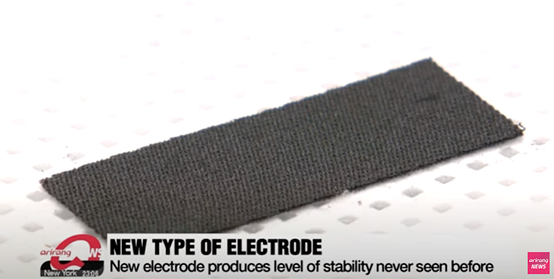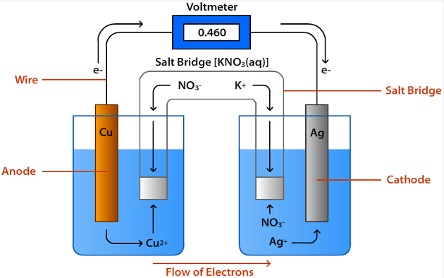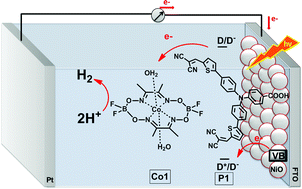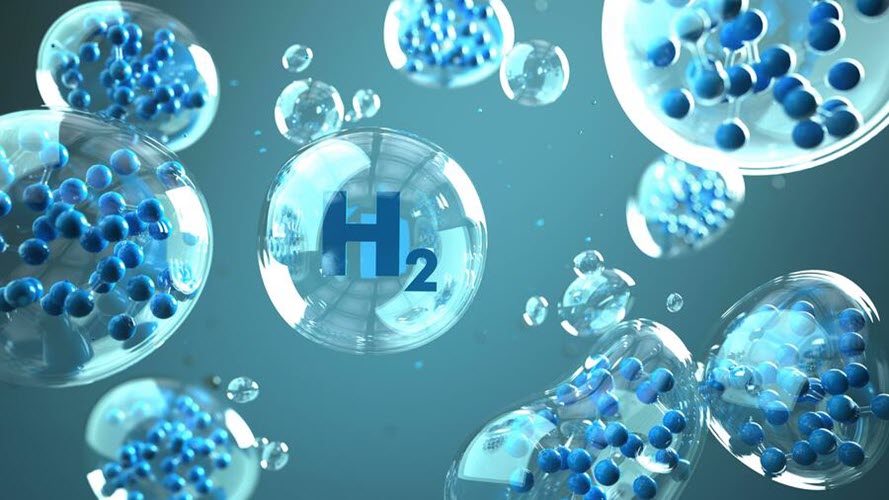South Korean researchers have discovered a material to produce hydrogen more cheaply. It is in a water electrolysis process and costs much less than the standard material platinum.

What is the new catalyst for hydrogen production?
The scientists “carbonized” a fabric-like material by subjecting it to temperatures in excess of 900 degrees Celsius, making the material capable of conducting electricity. The carbonized carbon cloth then placed in a solution of nickel metal and an electric current applied. And the nickel metal layer adheres to the surface of the carbon cloth. This process, known as “electroplating,” transforms carbon cloth into a new material with better catalytic properties.

The carbonization temperature usually needs to be above 2000 ℃, but the carbonization temperature of this work is only 950 ℃. This technology makes it possible to electroplate materials with a large specific surface areas.
This new material was placed in water and an electric current was applied to it and bubbles were found to be produced. These bubbles are hydrogen, a “clean energy”. Oxygen is produced when a nickel surface coated with iron and cobalt is energized.

The new material produces 20 times more hydrogen than platinum, an efficient but expensive electrode that is an important component of the battery. It produces 20 times more hydrogen than platinum, an efficient but expensive electrode that is an important component of the battery.
It works stably even at high current densities. Because fabric-like materials can form secure bonds with metals through a special surface treatment.
This new electrode generates hydrogen even at low voltages, shows good stability and ensures the adhesion of metals.
Why use a new catalyst for hydrogen production?
This material demonstrates the possibility of covering precious metal catalysts with non-precious metal catalysts. The experimental results show unprecedented stability, even when operating at high current densities of 2000 mA.
This development means that scientists can use cheap materials to produce hydrogen on a stable scale.
The results of the study were also successfully published in the journal 《Energy and Environment Science》by the Royal Society.

